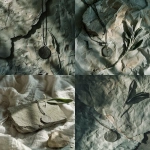Explore the Best AI Image Gallery

Beyond Reality: Wearable Tech and the Evolution of Creative Expression
The creative landscape is in constant flux, driven by technological advancements that redefine artistic expression. From the early days of painting to the digital revolution, artists have always embraced new tools to explore their vision. Today, wearable technology stands as a revolutionary force, blurring the lines between physical and digital worlds and offering unprecedented opportunities for creators.
A New Canvas: Augmented and Virtual Reality in Artistic Practice
Wearable tech, particularly augmented reality (AR) and virtual reality (VR) headsets, has transformed how we interact with art. AR overlays digital elements onto the real world, allowing artists to create interactive installations that respond to viewers movements or incorporate real-time data. Imagine a sculpture that morphs based on your proximity or a painting that bursts into life with animated details when viewed through an AR lens.
VR takes us a step further, immersing us entirely within digitally created environments. Artists can craft virtual galleries where viewers can explore masterpieces from different eras or walk through fantastical landscapes they have imagined. This technology also empowers VR performance art, enabling artists to create immersive experiences that transcend physical limitations.
The Power of Presence: Wearable Tech as a Creative Tool
Beyond its role in showcasing art, wearable tech has become an integral tool for artistic creation itself. Motion capture sensors embedded in clothing or gloves allow artists to translate their movements into digital forms, creating unique dances, sculptures, or interactive installations. Imagine a musician whose gestures control the flow of music or a painter who uses hand motions to sculpt virtual clay.
Haptic feedback technology adds another dimension to this creative process. By simulating touch sensations, wearable devices can allow artists to feel the textures and contours of their digital creations, bridging the gap between physical and virtual worlds.
Ethical Considerations: Navigating New Territories
As with any powerful technology, wearable tech in the creative industry raises ethical questions that require careful consideration. Data privacy is paramount, as wearable devices collect vast amounts of personal information about user movements, preferences, and even emotions. Its crucial to establish transparent guidelines for data collection, usage, and storage to protect user rights.
The potential for bias in algorithms used by wearable tech also needs to be addressed. If these algorithms are not trained on diverse datasets, they may perpetuate existing inequalities or create new forms of discrimination. Ongoing efforts are needed to ensure fairness and inclusivity in the development and deployment of these technologies.
Future Trends: The Horizon of Possibilities
The future of wearable tech in the creative industry is brimming with possibilities. We can expect to see:
- More sophisticated AR/VR experiences: Advancements in display technology, haptics, and AI will create even more immersive and interactive artistic experiences.
- Seamless integration with other technologies: Wearable tech will become increasingly integrated with other emerging technologies like blockchain and the metaverse, opening up new avenues for collaboration and ownership of creative works.
- Personalized and adaptive art: AI-powered wearable devices will learn user preferences and create personalized artwork or interactive installations that adapt to individual tastes.
- Democratization of creativity: Wearable tech will empower individuals with fewer resources to express themselves creatively, making artistic tools more accessible and inclusive.
As wearable technology continues to evolve, it holds the potential to revolutionize not only how we create art but also how we experience and interact with it. By embracing its possibilities while addressing ethical concerns, we can unlock a future where creativity knows no bounds.




](https://images.ai-img.art/thumbnails/150/c32be5576584f015e53313a099a61fe01c28543d5356f49b23590dcdaac78aae.webp)
](https://images.ai-img.art/thumbnails/150/95ec28f7b37d18c7dc33b8fd172a193491e37780d8ff0065cccfd9f6921d524b.webp)





](https://images.ai-img.art/thumbnails/150/76a4e67f210cda3213d178cdfa51bebe8c1d9e7edfa90384c1874b3f903b270e.webp)



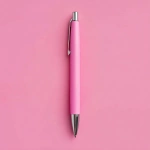





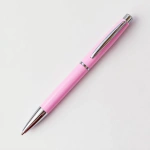
](https://images.ai-img.art/thumbnails/150/1fd09fca58a6c0da7d6388d193b9b66e01ae34e2b19dbf8d3628a39c242dc4b6.webp)




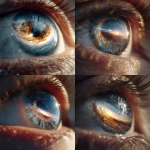







](https://images.ai-img.art/thumbnails/150/eabac0ba758e6f89eff889eeb42bf36e39631fcff6521854b295196606234697.webp)

](https://images.ai-img.art/thumbnails/150/764d830a9d0b873552ee3f3be9924850fdcfee10d690eaf6b1522dcbe5510cac.webp)



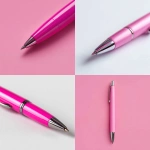



](https://images.ai-img.art/thumbnails/150/c6057d103f483bd431ddb2b28eb0bc54bb52fd33171bb2b1569380d7a01d755b.webp)



